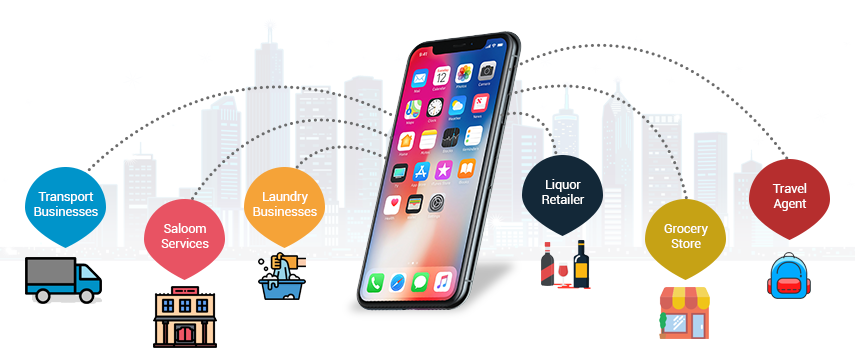Software development is the process of creating, designing, testing, and maintaining software applications to meet specific user needs. It is a rapidly evolving field that powers modern businesses, industries, and technologies. From mobile applications and websites to enterprise software and artificial intelligence, software development plays a crucial role in shaping the digital world.
What is Software Development?
Software development involves transforming ideas and requirements into functional programs. It includes writing code, debugging errors, testing for performance, and maintaining the software over time. Developers use various programming languages, frameworks, and tools to build scalable and efficient applications.
Key Phases of Software Development
The software development process is divided into structured phases that ensure high-quality output:
1. Planning & Requirement Analysis
Before development begins, businesses and developers identify goals, target users, and system requirements. This phase helps in setting clear objectives and defining project scope.
2. Design & Architecture
Developers and designers create software architecture, user interfaces, and system workflows. A well-structured design improves usability, scalability, and performance.
3. Development & Coding
This is the core phase where developers write the code using programming languages like Python, Java, JavaScript, and C++. The software is built based on the design specifications.
4. Testing & Debugging
Before deployment, software undergoes rigorous testing to detect and fix bugs. This includes functional testing, performance testing, and security assessments to ensure a seamless user experience.
5. Deployment & Integration
Once tested, the software is deployed for use. It may be integrated with existing systems, cloud platforms, or databases to ensure smooth operation.
6. Maintenance & Updates
After Website deployment, software requires ongoing maintenance to address user feedback, fix bugs, and introduce new features. Regular updates keep the application secure and efficient.
Popular Software Development Methodologies
Different methodologies help teams streamline development and improve efficiency:
- Agile Development – A flexible approach that promotes continuous iteration, feedback, and collaboration.
- Waterfall Model – A sequential approach where each phase is completed before moving to the next.
- DevOps – Integrates development and IT operations for faster and more reliable software releases.
- Scrum – A framework within Agile that organizes work into sprints for efficient project management.
Emerging Trends in Software Development
The industry is evolving rapidly with the adoption of new technologies, including:
- Artificial Intelligence & Machine Learning – Automating processes and improving decision-making.
- Cloud Computing – Enabling scalable, on-demand software solutions.
- Cybersecurity Enhancements – Strengthening software protection against data breaches.
- Low-Code & No-Code Development – Allowing businesses to build applications with minimal coding.
- Blockchain Technology – Securing digital transactions and decentralized applications.
Conclusion
Software development is at the heart of digital transformation. By following structured development processes, using modern methodologies, and adopting emerging technologies, businesses can create powerful and secure software solutions. As the demand for innovation grows, developers must continue refining their skills and embracing new advancements to stay ahead in the ever-changing technology landscape.


